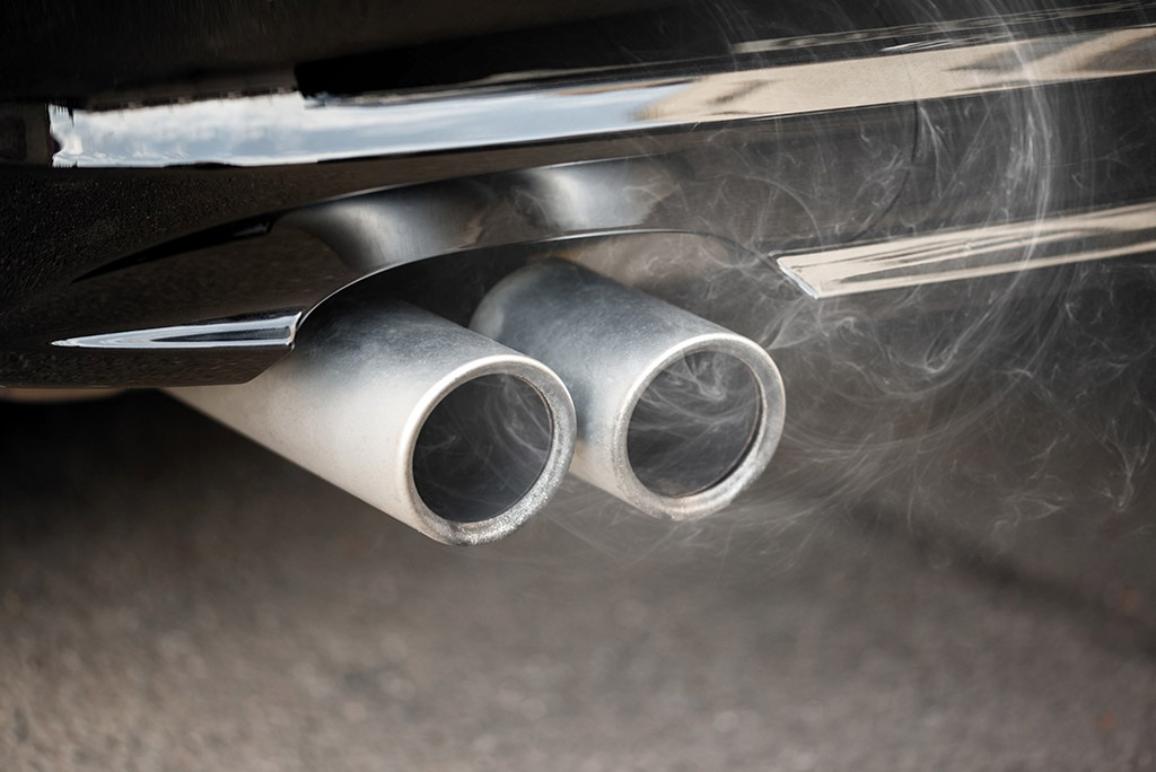While the European Union as a whole is succeeding in reducing greenhouse gas emissions compared to 1990 levels, with an achievable target of cutting them by 26% by 2020, there is an opposite trend in the transport sector, with pollution levels rising.
This is certified by the European Environment Agency’s Annual Report for the 28 EU countries plus Iceland, which shows that, in a trend of decreasing air pollution produced at European level, the transport sector has been the most significant exception. Between 2013 and 2017 the sector’s pollution levels rose, especially emissions from road freight and passenger transport, with a substantial increase also due to air transport emissions.
Over the last thirty years, the goal of a more efficient and sustainable mobility model still seems a long way off.
While in the 1990-2017 period the global income of the countries analyzed grew by 58%, with greenhouse gas emissions rising by 23%, the CO2 equivalent used for goods and passenger transport was up by 170 million tonnes.
This is a major concern for European decision-makers, as transport now accounts for a quarter of all emissions at European level, just behind the electricity and heat generation sector (28%), and with an increasing incidence over the period.
The data analysis by country shows an increase for almost all Member States, with the exception of certain Scandinavian countries (such as Sweden and Finland) and Italy, from 102 million tonnes of CO2 equivalent to 99 million tonnes.
The figure reached in 2015, 947 million tonnes of greenhouse gases, was 19% higher than the 1990 figure, largely driven by diesel for motor vehicles.
These figures make us reflect on the need to adopt more vigorous new initiatives to combat air pollution than in the past, with particular reference to the pollution generated by transport fuels.
If mobility in the 21st century is a right and an indispensable factor for our well-being, greater efficiency will only benefit the sector, allowing the transition to a more sustainable model in the medium and long term.

